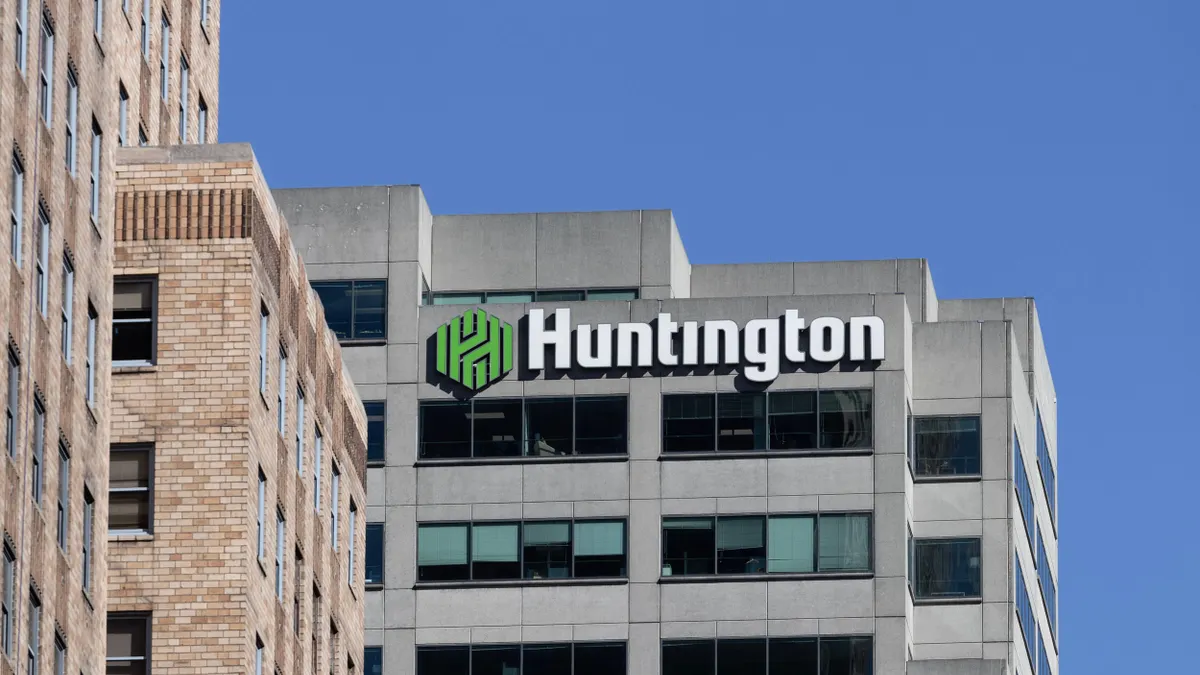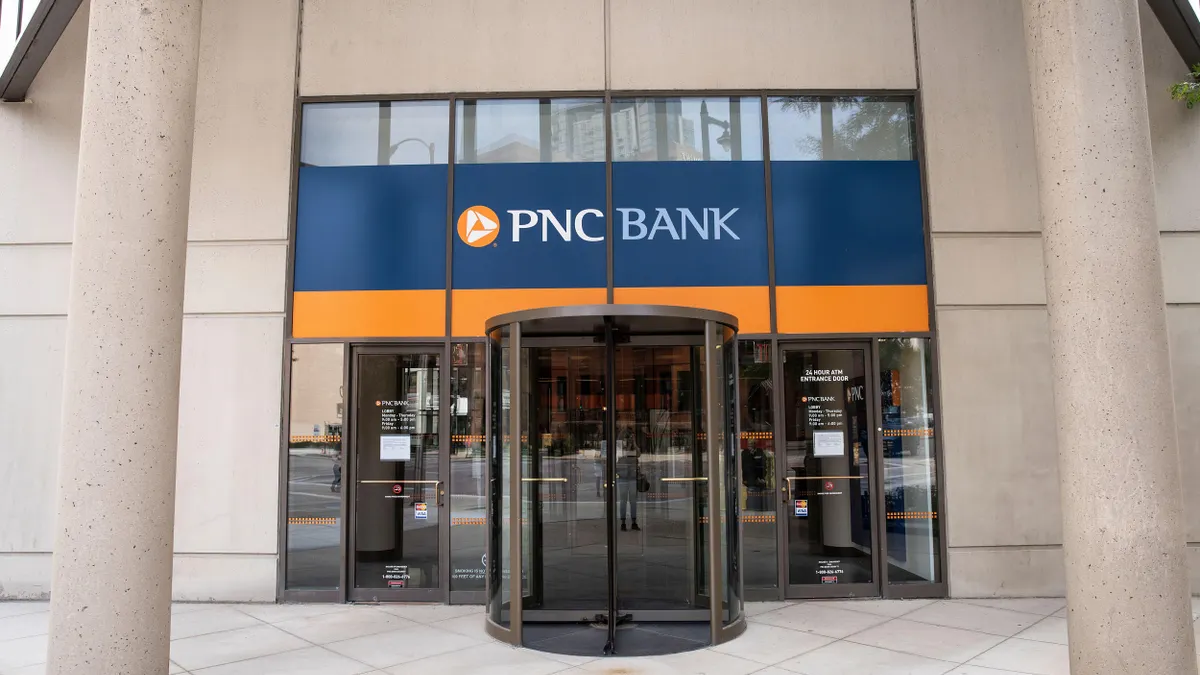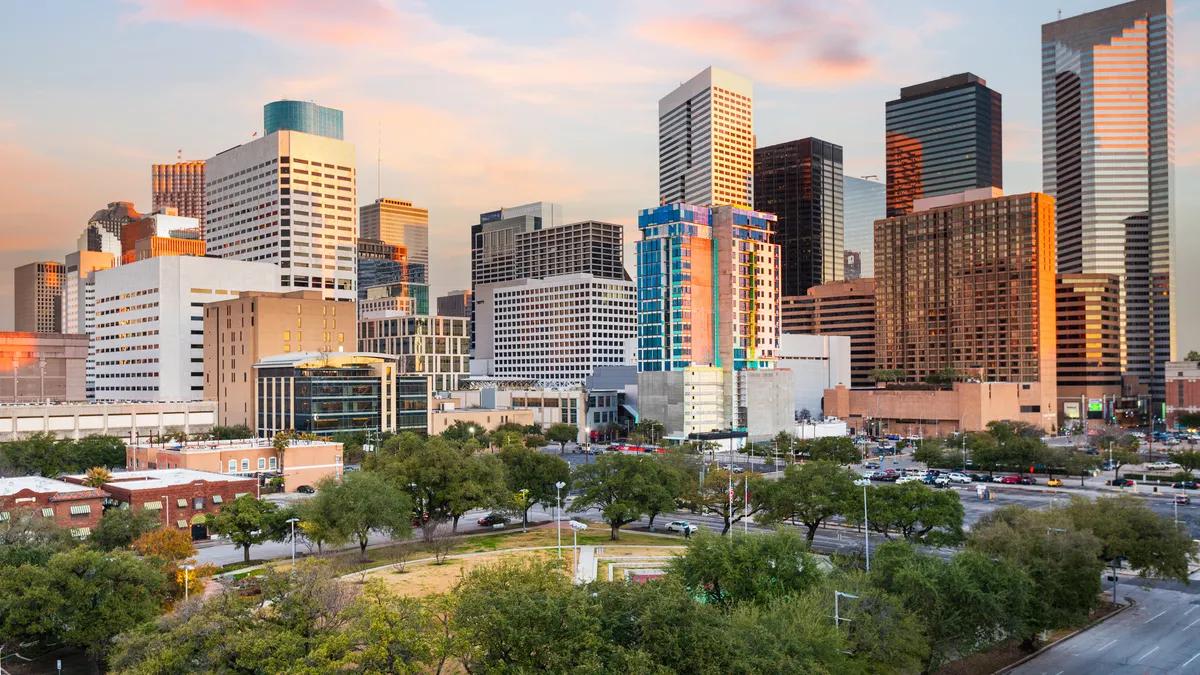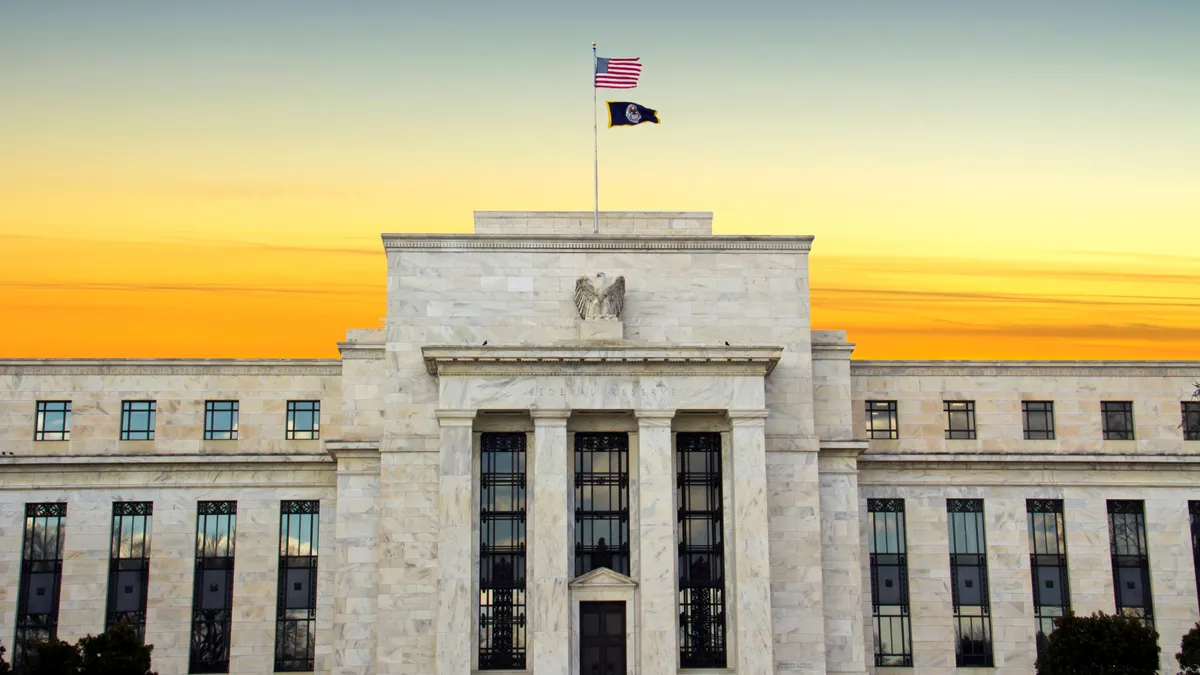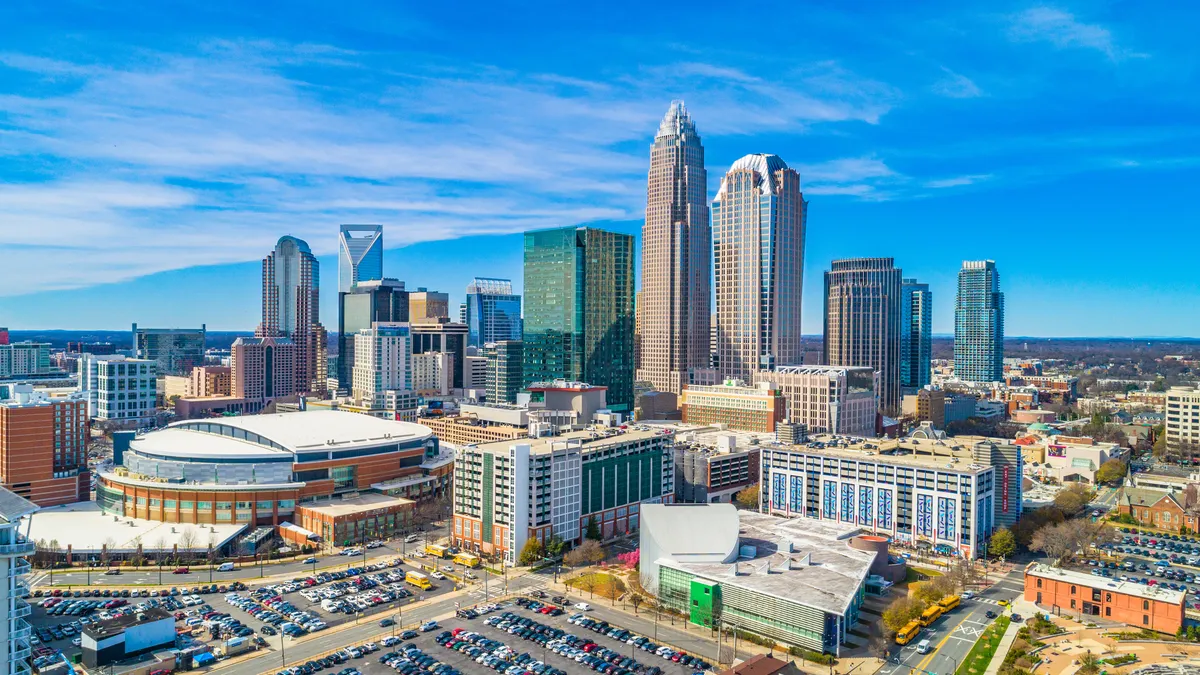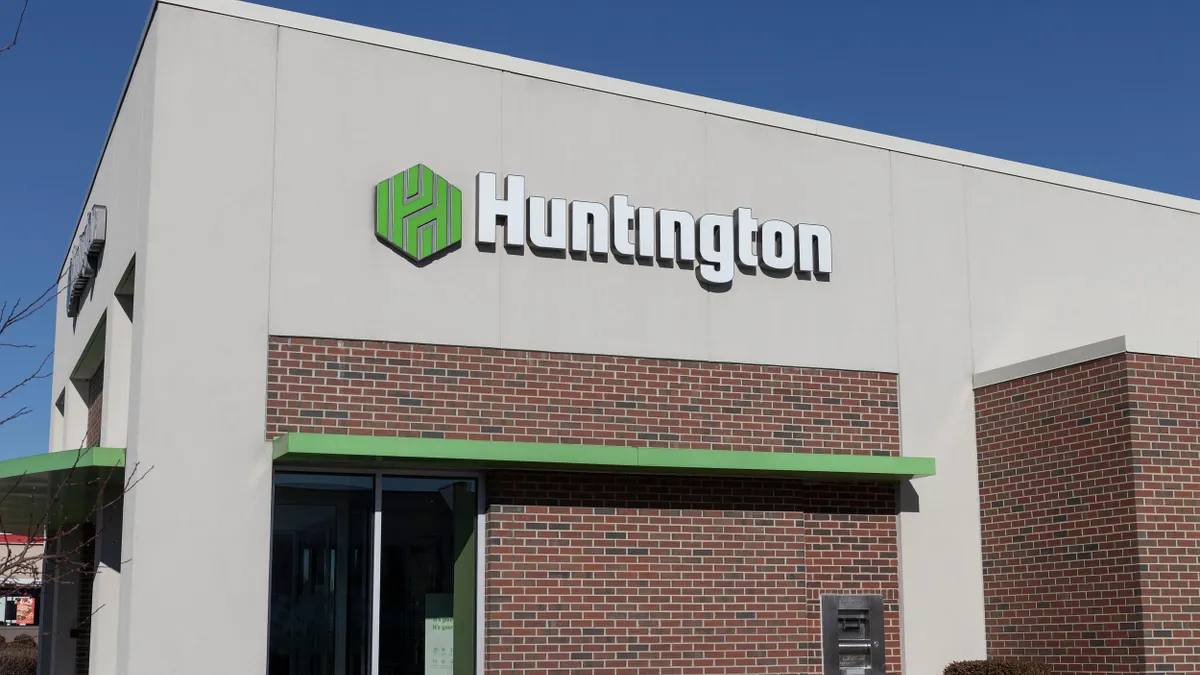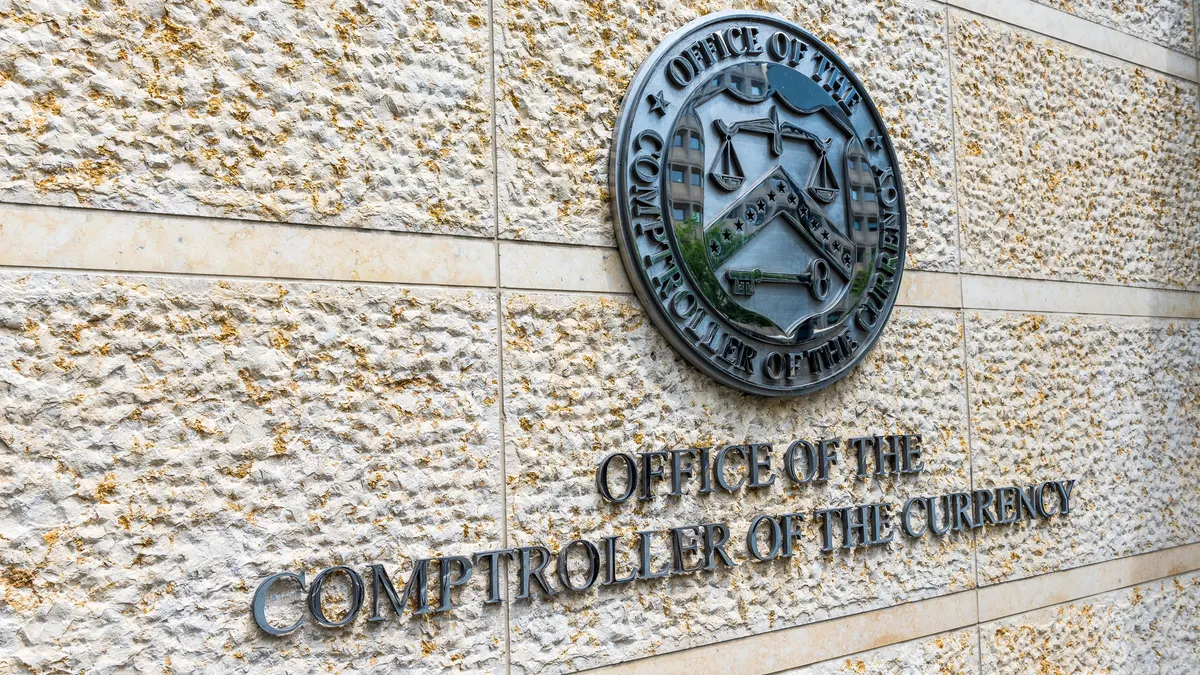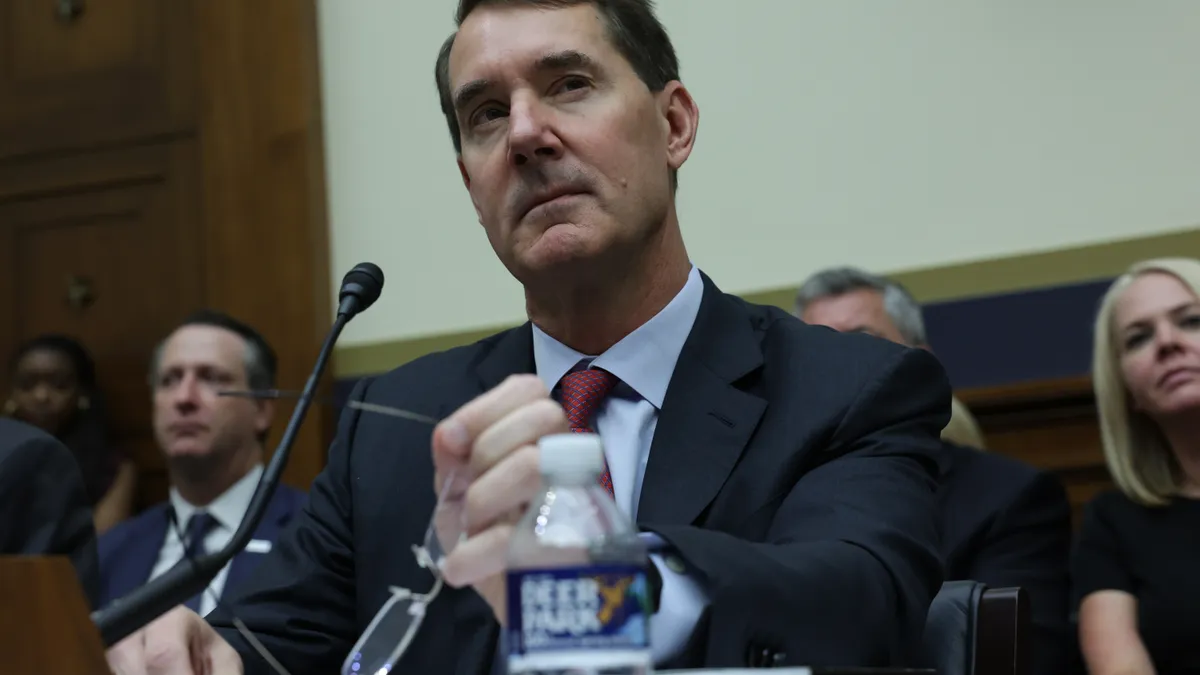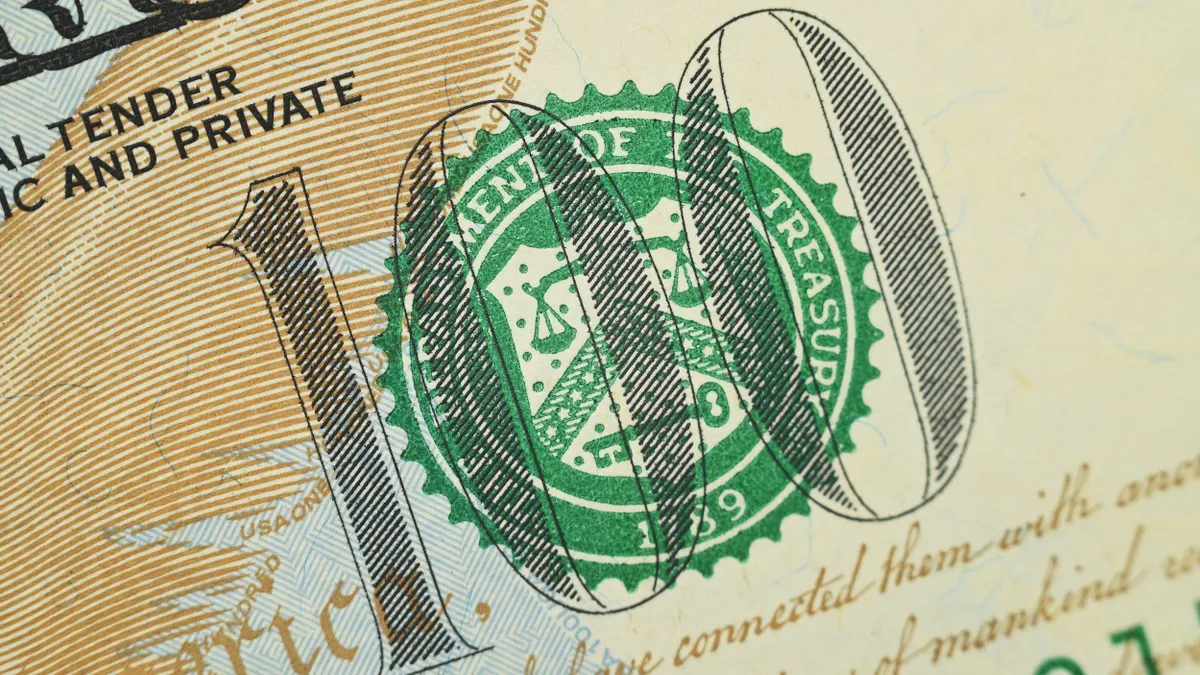Community banks helped nonclients receive forgivable loans through their participation in the Small Business Administration's Paycheck Protection Program (PPP), and many are implementing strategies to convert the new clients to long-term small business customers.
The PPP, which was recently extended to Aug. 8, has been hailed by the Trump administration as a successful method of distributing much-needed financial aid to small businesses struggling to stay afloat amid the coronavirus pandemic. But the hastily crafted program was not without its bugs.
The SBA's E-Tran network experienced several glitches, borrowers have been confused by the PPP loan's terms, and some criticized the program's structure, which allowed banks to prioritize some customers over others.
It wasn't a perfect program, but community banks participating in the PPP have pulled their weight among some of their larger competitors while showcasing flexibility, technology and personal touch during the crisis.
Banks with less than $10 billion in assets made 2.5 million PPP loans as of June 30, or 44% of loans funded through the program, according to data from the SBA.
Banks with $10 billion to $50 billion in assets made 739,912 loans (19%), while banks with more than $50 billion in assets processed 1.6 million loans (36%).
Lasting relationships
Community bankers say they hope their newfound customers, some of which came from larger competitors, will stick around, even after the PPP is a distant memory.
"I hope that people don’t have short-term memories and they do remember being in that position of panic," said Lauren Ranalli, president and chief financial officer of First Resource Bank, which made 350 PPP loans accounting for $58 million.
"We've had business owners in tears, terrified about their business and we were the ones that got them the help that they needed," Ranalli told Banking Dive.
Many community banks like First Resource who gained new customers through the PPP are taking a proactive approach to ensure their services are remembered post-pandemic.
"We've done a whole follow-up campaign with online reviews, and our retail team is following up with every single one," Ranalli said. "Every single one is a sales opportunity that we intend on converting. ... I'm really optimistic that those customers are going to stick around."
Noah Wilcox, who serves as president, CEO and chairman of Grand Rapids State Bank and Minnesota Lakes Bank, said both institutions witnessed an influx of noncustomers during the first tranche of the PPP.
Wilcox, who also serves as chairman of the banking trade group Independent Community Bankers of America (ICBA), said close to 80% of the 472 PPP applications his two banks received were from new customers. The two banks made $44 million worth of PPP loans.
"We began asking ourselves, 'How do we capitalize on this opportunity?'" he told Banking Dive. "Everything was done electronically, so we have good email addresses and cellphone numbers, and so our marketing team really put together a nice multipronged marketing campaign, specifically for new PPP customers."
Part of the campaign, Wilcox said, consisted of a short video clip of himself, thanking the new customers for the trust they placed in the bank and its team throughout the PPP process.
"I basically said that these are uncertain times, we understand it's stressful, and we're glad we were able to get you the PPP funding that you were looking for," he said. "And I talked about the fact that we're a relationship-based business model, and we'd like to have at least the opportunity to build that relationship and hopefully, by doing so, earn some or the rest of your business."
Wilcox said the banks have followed up with new borrowers through emails, as well as individual touchpoints either by phone or video call, initiated by the lender who helped the customer with the PPP loan.
"It's still ongoing for us, but has been pretty well received so far," Wilcox said.
The banks have also checked in with small businesses that were still holding on to the majority of their PPP money.
"We can see that it's still sitting there. We’d ask them, 'What's the plan? How can we help? What questions do you have?'" he said. "I would say, for the majority, that was highly appreciated."
Citizens Bank of Edmond, a $292 million-asset community bank in Oklahoma, processed more than 450 PPP applications worth around $25 million. A quarter of those applications were new customers, said Jill Castilla, the bank's president and CEO.
"We really saw ourselves as being economic first responders and the conduit to get this funding out to small businesses," she told Banking Dive. "If one of the unintended positive consequences is that we're able to get more customers, that's great, but that definitely wasn't the reason that we participated in the program."
But it's the personal touch and direct service that comes from a community bank that will ultimately win over the new PPP customers, she said.
Castilla has been active on social media since the start of the crisis, posting her email and personal cellphone number on Twitter so customers and noncustomers alike could contact her directly regarding the PPP.
"[JPMorgan Chase CEO] Jamie Dimon may do that — I'm not aware that he does — but that's something you get with a smaller institution: access to the CEO, access to the decision maker in your community," she said. "It's really difficult for large institutions to compete with that."
Castilla's social media activity has also led to several collaborations with "Shark Tank" star and serial entrepreneur Mark Cuban.
The Dallas Mavericks owner helped Castilla craft a no-interest overdraft program to help customers receive their government stimulus checks early and also helped Castilla set up ppp.bank, a website that helps borrowers prepare applications for the forgiveness portion of the PPP.
For Republic Bank, a $3 billion-asset regional bank that has 30 branches in southern New Jersey, Philadelphia and New York City, socially distant in-person visits have been a method of cultivating relationships with new customers.
"The PPP was a great challenge, but also a tremendous opportunity," said Market President Joe Tredinnick, who said the bank processed around 5,500 PPP loans for about $750 million.
Tredinnick said 80% of the PPP loans it made were for customers new to the bank.
Tredinnick told Banking Dive he and Republic Bank Chairman Vernon Hill are in the midst of a concerted effort to visit their new customers to help solidify the new relationships.
"Every time we would do a PPP loan, we'd have customers saying, 'You saved lives, jobs, the business.' You don't hear that often as a banker. So it was very rewarding to have that experience," he said.
A mind shift
Wilcox said he thinks community bank response to the PPP has helped initiate a mind shift among some small businesses.
"The PPP helped us reach a set of customers that historically would have been difficult to move," he said. "They now see that we have the talent, the technology and the relationship component. Small businesses are saying, 'Community banks have everything that the big banks have, but they're more nimble and they want to know my needs.'"
The PPP could have a lasting impact on small businesses that turned to community banks for relief, Wilcox said.
"I think, for the majority of these PPP recipients, the memory will not be short," he said. "I think they will understand who stuck their neck out for them."



